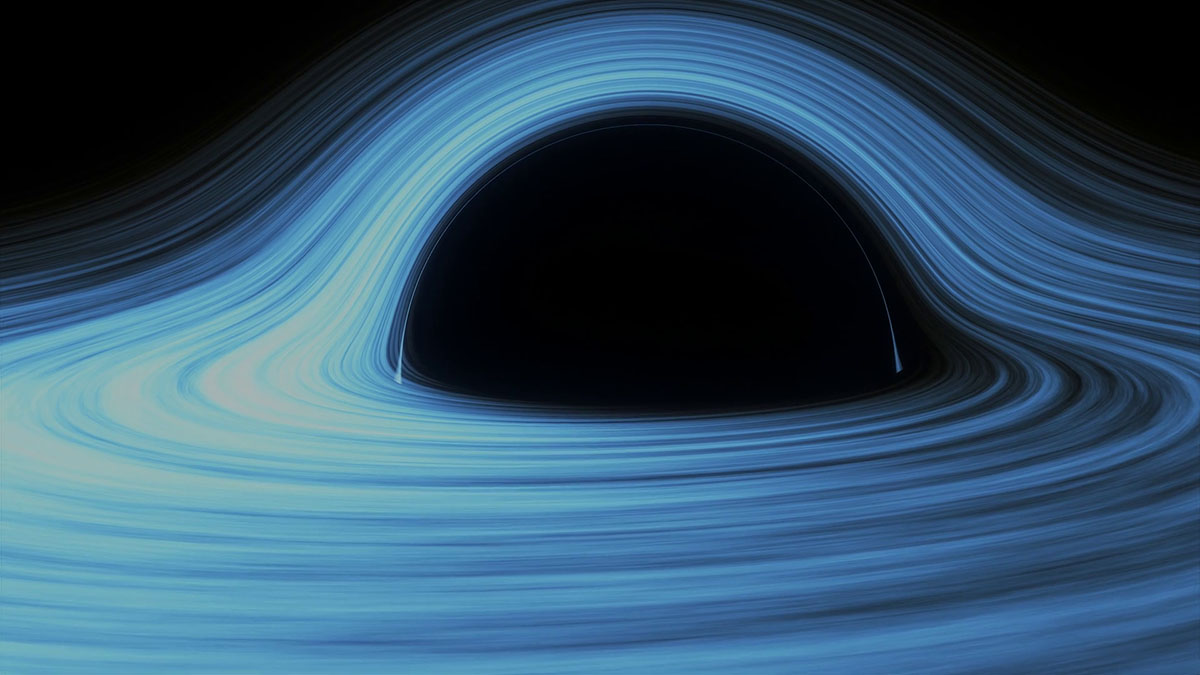the difficult divorce between time and space

Overturning the theory of general relativity takes a lot of work as most popular science buffs know. So what’s a better way to draw in eyeballs than questioning whether Einstein’s work has finally been overturned? It’s kind of like the New Scientist cover which asked whether Darwin was wrong about the tree of life but with fewer negative consequences. That’s exactly what Scientific American did in their December issue when covering the theoretical work of UC Berkley’s Petr Hořava. Finessing the complex quantum mechanical equations with a split between time and space, the physicist has been able to recreate the mathematical workings of general relativity at low energy states and even generate the hypothetical graviton particle. Well, on paper at least…
Of course there’s a snag here. Hořava’s numbers only work when planetary orbits and shapes of planets and stars are assumed to be absolutely perfect. General relativity should describe how planets move regardless of whether they’re perfect spheres or not and that’s exactly what happens with Einstein’s formulas. Plug in the more realistic shapes and eccentric orbits along with an idealized conception of space and the results will be roughly similar. Not so with Hořava’s equations. Give them a realistic scenario and they yield radically different answers then the idealized baselines used to test them. When you try to quantify Earth’s orbit around the Sun and assume they’re spherical, then run the same math when the two are as oblate as they really are with the formula set derived by Hořava, you’ll get two very different answers. And that’s a problem which casts doubt on the other seemingly accurate predictions these new equations make.
How do the mathematical graviton models generate areas of excess gravity in the real world? How would the inflation of the universe after the Big Bang change the nascent forces to undergo an exotic transition into what we know as gravity today when we consider the various asymmetries created by the event? After all, we know that unequal amounts of matter and antimatter were created during baryogenesis and the implied asymmetry in other effects of the Big Bang underlies the multiverse theory. We know that a lot of exotic phase transitions happened in the first second of the known universe, but there’s still a lot of work to be done to understand just how the relevant equations apply to different forces. And what about the Higgs boson? How will discoveries at the LHC shape our view of the first moments after the Big Bang? Will these new formulas still work when we get down from the homogenous, isotropic, cosmological scale down to individual stars, planets and particles with ever more real world data coming from new experiments and surveys?
This is why instead of actually using Hořava’s work to overturn general relativity, some physicists are trying to reconcile the math and see which ideas might explain the inner workings of time and space without giving us wildly different results between test data and the real world. It seems that Einstein is far from being overturned and SciAm’s article is trying to make a hill into the Himalayas. As for Hořava himself, he’s not making any bold claims and says that he’s happy to have others review his ideas and improve them to fit with the observational evidence being collected by astronomers and physicists around the world. Considering that he’s not willing to make a big deal out of his theory and states that it’s incomplete, maybe the editors shouldn’t have blown this idea out of proportion for the sake of a loud headline and subtitle…





